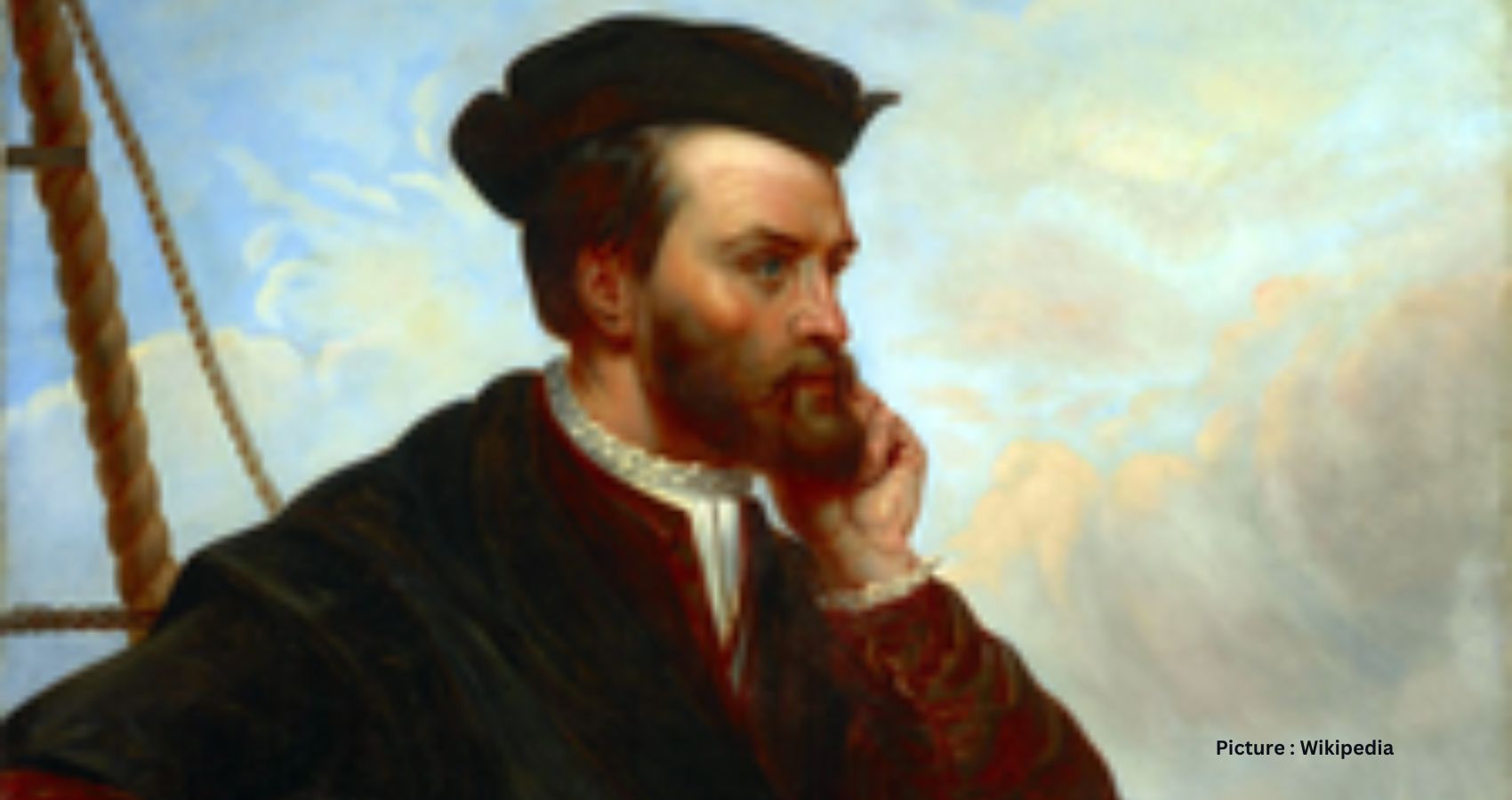A sunlit, sepia-toned image depicts a stylish European gentleman, complete with a handkerchief peeking out of his pocket and a cigarette poised between his fingers, amidst a group of men garbed in bisht and keffiyeh. This snapshot freezes a moment from Jacques Cartier’s inaugural voyage to the Persian Gulf in 1911, marking his return journey to London from Delhi—a business venture instigated by his father, Alfred, who then helmed the Cartier enterprise. The waning power of the Ottoman Empire and the Persian Constitutional Revolution of 1905 had inundated Europe’s artistic hubs with novel influences, birthing an aesthetic christened as “the Muslim arts.” Driven by an insatiable curiosity, Jacques embarked on a four-month odyssey across Asia and the Middle East, delving into bustling bazaars, engaging with high society, and immersing himself in the cultural tapestry.
Fast forward over a century, and the enduring impact of Jacques’s expedition—and his enduring fascination with Islamic and Indian artistry—finds expression in a freshly minted tome, “Cartier: Islamic Inspiration and Modern Design,” birthed from exhibitions held in Abu Dhabi, Dallas, and Paris. Within its pages lies a homage to the maison’s enduring fusion of quintessential French craftsmanship with the intricate beauty of Islamic art, chronicling the transformative influence of Jacques’s voyages across the landscapes of India, Bahrain, Egypt, Oman, and what is now Dubai—altering the trajectory of Cartier’s jewelry craftsmanship irreversibly.
Louis, Jacques’s elder sibling, emerged as a fervent aficionado of Persian miniatures, Islamic relics, and Asian artistry, traversing Indian locales such as Kolkata and Hyderabad in pursuit of treasures, while cultivating a distinguished clientele among the ruling maharajahs.
Meanwhile, Jacques set sail across the Arabian Sea to Bahrain, questing for pearls to adorn opulent tiaras and embellish vanity cases and brooches destined for Indian royalty, European aristocracy, and the crème de la crème of American high society. Consequently, Cartier garnered renown for its masterful interpretations of Persian gardens, Kashmiri and Egyptian motifs, and the mesmerizing complexity of Islamic geometric designs—a natural consequence of the maison’s embrace of global cultural currents.











